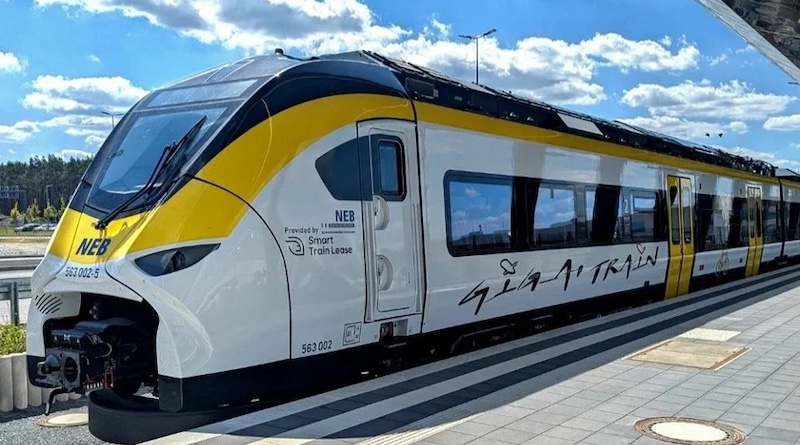EU Funding Analysis Reveals Imbalance in Rail Infrastructure Projects

A recent report by Transport & Environment (T&E) highlights a significant disparity in funding allocation for rail infrastructure projects within the European Union. Between 2021 and 2023, just seven megaprojects received a staggering 31% of the €6.6 billion allocated through the Connecting Europe Facility (CEF). This funding is intended to enhance transport connectivity across Europe, yet the analysis reveals that 84 essential upgrades collectively received only 27% of the same budget.
The report identifies key projects funded during this period, including the Rail Baltica, the Brenner base tunnel, and the Lyon Turin tunnel. While these megaprojects are crucial for establishing a more integrated rail network, the focus on large-scale developments has led to an oversubscription of the CEF, indicating a critical need to reassess funding priorities.
According to T&E, the emphasis on megaprojects has hindered the rollout of the European Rail Traffic Management System (ERTMS), a standardized signalling system essential for improving cross-border rail connections and increasing the capacity of existing lines. Between 2021 and 2023, ERTMS received a mere €0.7 billion, which accounts for only 3% of the CEF Transport envelope for that time frame. This funding shortfall is particularly concerning given the requirement for ERTMS to be integrated into the core Trans-European Transport Network (TEN-T) by 2030.
As the EU prepares to negotiate its next multiannual budget, T&E suggests a 25% increase in the CEF rail budget could double the available funding for critical upgrades. Carlos Rico, rail policy officer at T&E, emphasizes the importance of achieving a balance between supporting megaprojects and funding necessary enhancements to the existing rail network. He stated, “Megaprojects have helped give rail the boost it needs, but they’re draining resources from other vital parts of the network.”
Rico also pointed out that the increased focus on military mobility within the EU presents an opportunity to enhance passenger rail services while addressing potential external threats. Notably, ERTMS did not receive funding under the CEF’s military mobility budget, suggesting a gap that could be addressed in future allocations.
T&E argues that by diversifying the funding of rail projects, the EU can improve rail connectivity for millions of Europeans. Addressing the current funding imbalance not only aids in the timely completion of vital infrastructure but also encourages more people to use rail services.
As the EU moves forward, its budgetary decisions will significantly impact the future of rail infrastructure in Europe. T&E believes that prioritizing key upgrades will not jeopardize existing megaprojects while still allowing room for new developments that are essential for the continent’s transportation goals.
In conclusion, the current funding landscape for rail projects in the EU highlights an urgent need for reallocation to support a more balanced and effective transportation network. The findings from T&E underscore the importance of strategic planning to ensure that Europe’s rail infrastructure can meet the demands of the future.






